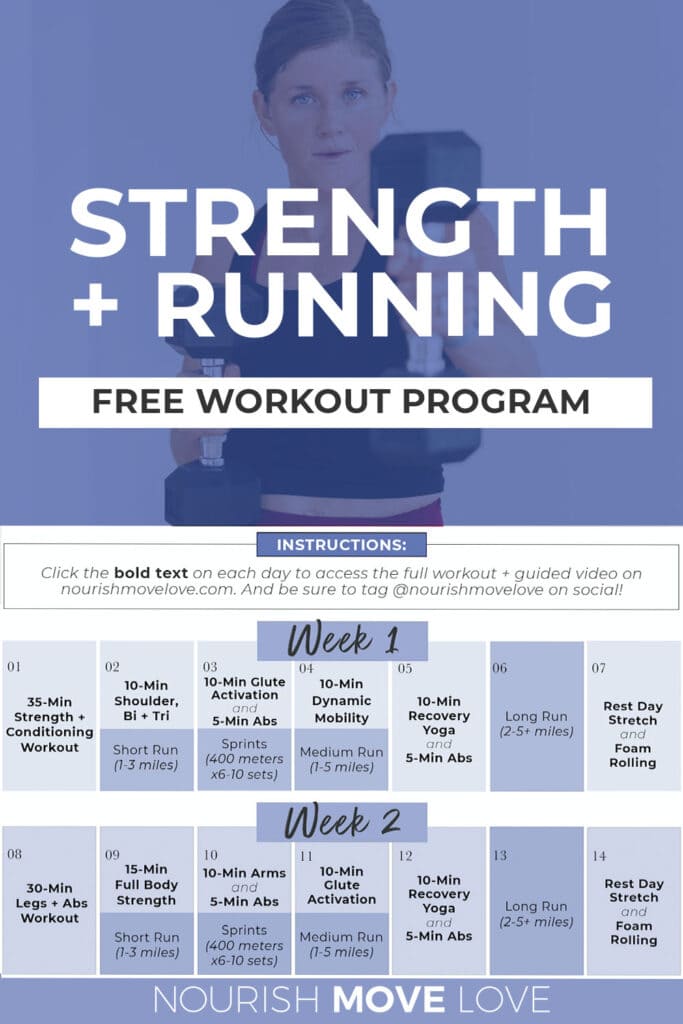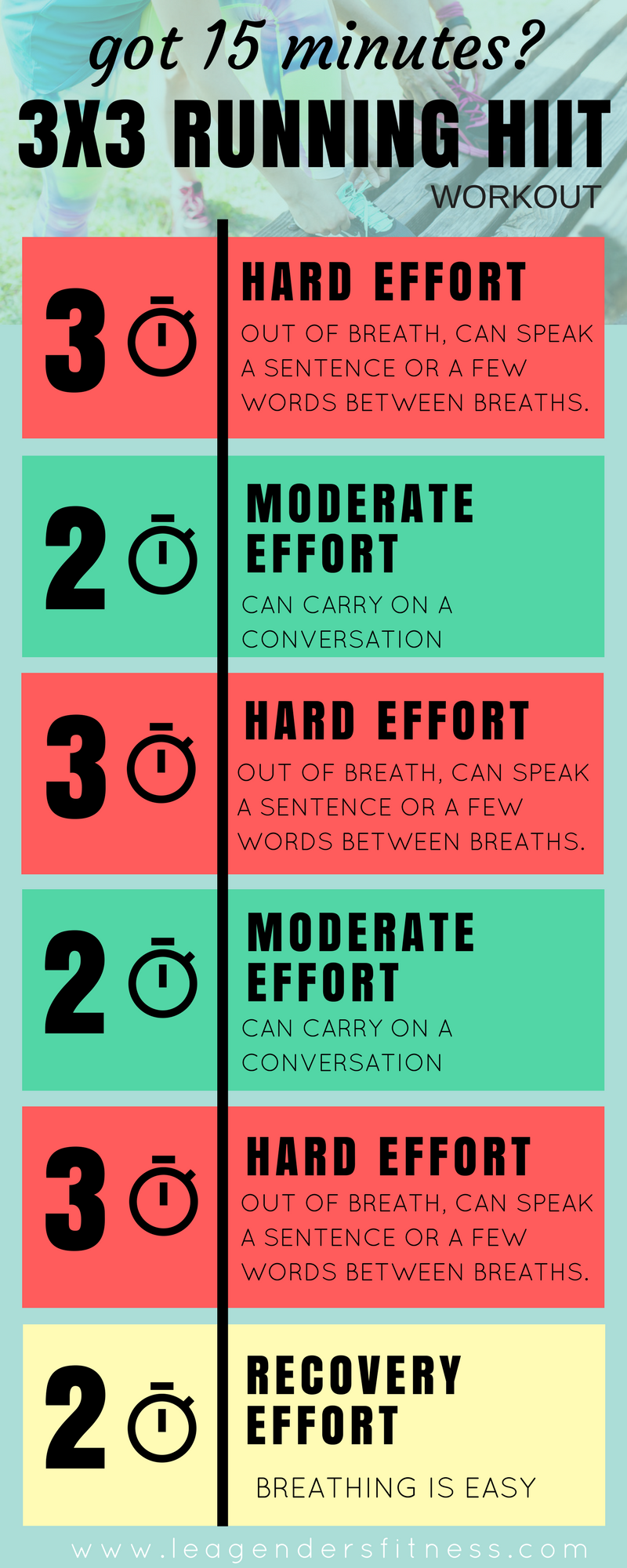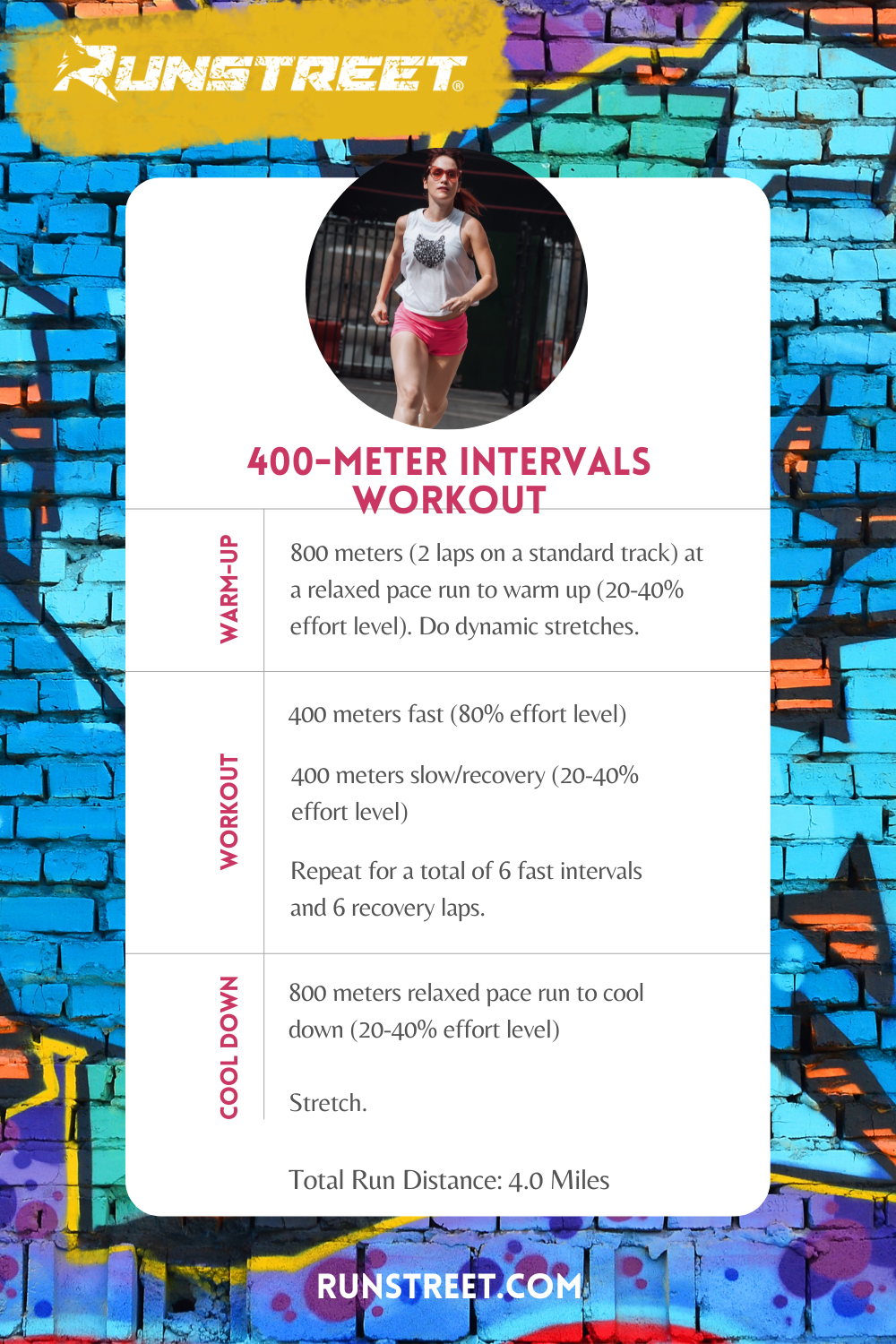Elevate Your Running Strategy with Proven Techniques
Elevate Your Running Strategy with Proven Techniques
Blog Article
The Ultimate Guide to Taking Care Of Pain When Running
Whether you are a skilled marathoner or just starting your running journey, understanding the numerous kinds of pain that can occur and the approaches to address them is vital. From pre-run workout regimens to correct footwear selection, there are numerous aspects to take into consideration when it comes to dealing with pain while running.

Recognizing Various Kinds of Running Discomfort
When running, it is necessary to compare different sorts of pain to stop injuries and maximize efficiency (Read More). One usual kind of pain that joggers may experience is muscle pain, which commonly emerges from the stress placed on muscular tissues throughout workout. This sort of pain is frequently a normal part of the running procedure and can be taken care of through appropriate warm-up, cool-down, and stretching routines
Another sort of pain to be familiar with is joint pain. Joint pain can suggest concerns such as overuse, improper form, or underlying problems like joint inflammation. Neglecting joint pain can lead to more severe injuries, so it is essential to deal with any discomfort promptly and possibly seek expert recommendations.
In addition, sharp or stabbing discomforts should not be disregarded. These sorts of pain can indicate intense injuries such as strains, strains, or stress and anxiety fractures - running workout. Proceeding to run via these kinds of pain can intensify the injury and prolong recuperation time

Pre-Run Workout and Extending Regular
To prepare the body for a running session, carrying out an efficient pre-run workout and stretching regular is essential. A correct workout helps enhance blood circulation to the muscular tissues, enhances adaptability, and lowers the danger of injury throughout the run. Begin with dynamic stretches like leg swings, arm circles, and high knees to progressively elevate your heart price and relax the muscle mass. Dynamic extending aids simulate the motions you'll be doing while running, preparing your body for the activity ahead. Follow this with fixed stretches focusing on major muscle groups such as the hamstrings, quadriceps, calf bones, and glutes. Hold each go for concerning 15-30 secs without jumping to promote muscular tissue relaxation and flexibility. Bear in mind to listen to your body and adjust the intensity of your workout based upon your physical fitness level and any pre-existing conditions. By incorporating a regular pre-run workout and stretching routine right into your running program, you can enhance efficiency and minimize the threat of discomfort or injury.
Correct Shoes Selection and Fit
When choosing running footwear, it is crucial to take into consideration elements such as foot type, running gait, arch assistance, cushioning, and footwear size. Seeing a specialty running store for a gait evaluation and expert installation can assist make sure that you pick the right footwear for your specific needs. Spending in high-quality shoes that is proper for your running design and foot composition is a positive step towards protecting against pain and injuries during your runs.
Nutrition and Hydration Tips for Discomfort Prevention

Hydration is similarly essential for joggers to stay clear of aches, dehydration, and various other pains that can lead to pain throughout running. By focusing on nutrition and hydration, runners can boost their performance, minimize discomfort, and delight in a more comfortable running experience.
Post-Run Healing Techniques to Ease Discomfort
Implementing efficient recovery strategies is vital for minimizing discomfort and advertising muscular tissue recuperation after running sessions. One essential post-run healing strategy is stretching. Incorporating fixed go for significant muscle teams can help in reducing muscle mass stress and soreness. Foam rolling is one more advantageous practice to release muscular tissue rigidity and boost blood circulation to the muscular tissues, assisting in quicker recovery. In addition, icing sore areas for 15-20 mins can help minimize swelling and numb pain post-run.
Moisturizing sufficiently post-run is essential for restoring liquids shed during workout and aiding in muscle recuperation. Consuming a balanced treat or meal that includes protein and carbs within half an hour of completing a run can help fix muscle mass tissue and restore power shops. Furthermore, obtaining adequate rest is crucial for allowing the body to fix and reinforce muscular tissues. Integrating energetic recovery tasks such as light strolling or my website swimming can additionally help promote blood circulation and minimize muscular tissue tightness - Read More. By integrating these post-run healing techniques into your routine, you can effectively take care of discomfort and enhance your running efficiency.
Final Thought
To conclude, dealing with different sorts of running discomfort through appropriate warm-up, stretching, footwear selection, nutrition, hydration, and post-run recovery strategies is necessary for pain avoidance and management. By recognizing the reasons for discomfort and applying these strategies, runners can reduce discomfort and prospective injuries. It is important to prioritize general physical health and health to make certain a successful and pleasurable running experience.
Report this page